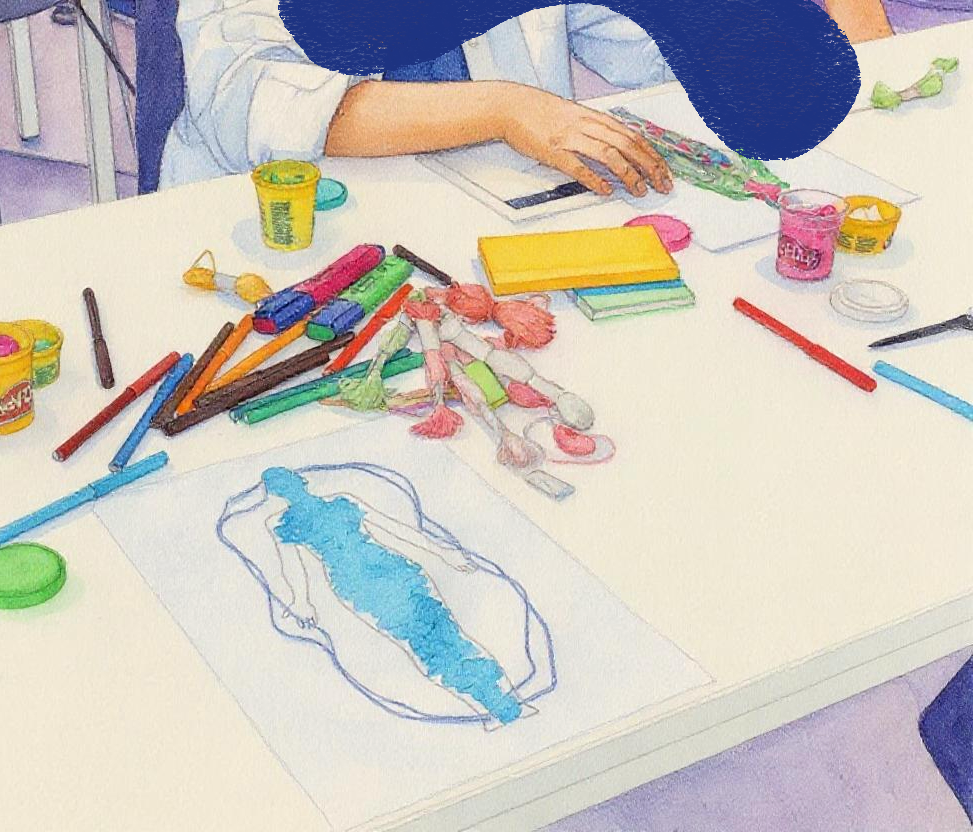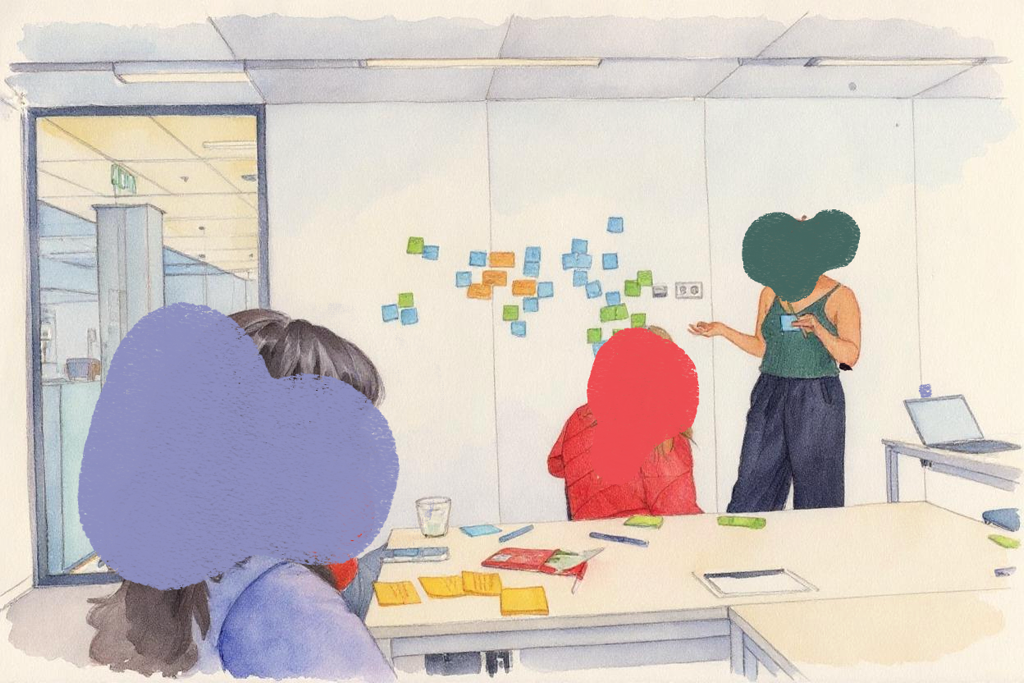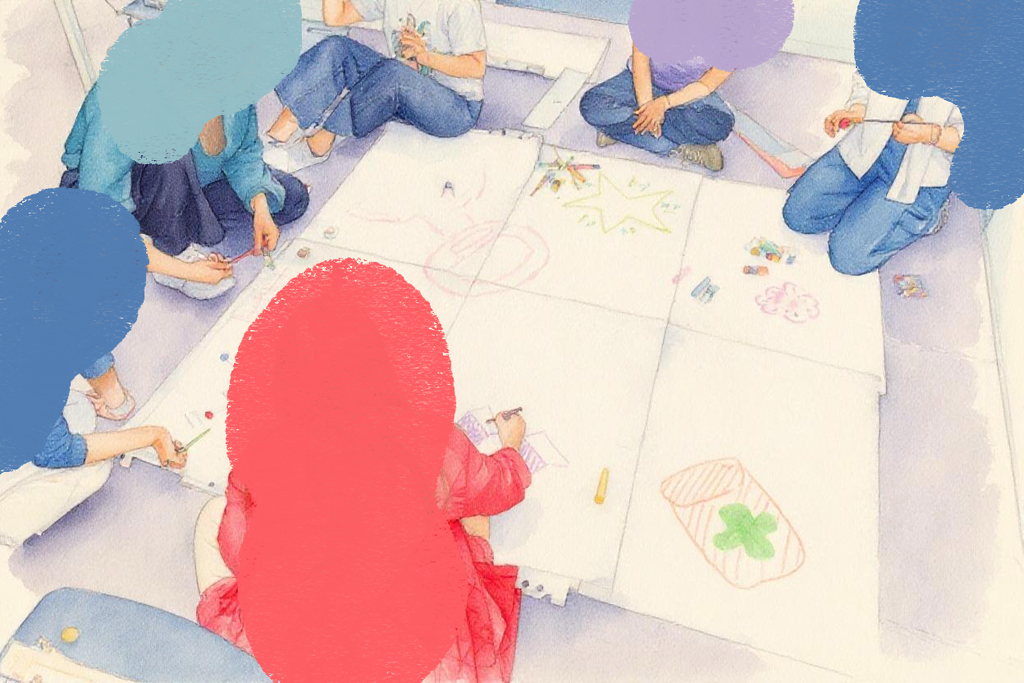Designers have always sought to make the world a better place, and in today's age, we see that design is increasingly engaging with more complex social challenges such as inequality, poverty, violence, and health. While design has great potential in addressing these issues, this work can be taxing on designers. Working on sensitive topics or with vulnerable groups can make designers themselves vulnerable – listening to stories of human suffering or working with people in difficult situations can be challenging. In the worst case, it can impact designers' well-being, leading to burnout. Despite a growing awareness, there is still much to understand about how vulnerability impacts designers and the design process.
Based on their own personal experience dealing with vulnerability, this project was started by four PhD candidates. Their goal was to gain a deeper understanding of how vulnerability manifests in design work and to initiate a conversation on how to better manage vulnerability within the design community. We held a workshop with junior designers and design researchers to explore vulnerability through three lenses: journey mapping, body mapping, and collective imaginaries. The journey mapping highlighted when vulnerability occurs in people's work. The body mapping helped the designers reflect on how vulnerability manifested itself physically. Lastly, the collective imagination sketched future steps to be taken towards a design practice that makes space for and takes care of vulnerability.
Designers have the ability to make the world a better place – but to do so, they have to be able to work on these topics without burning out. We present out work as a dialogue, with the aim of inviting a broader audience to join in on co-creating a healthier future design practice. Through a workshop, the audience can participate and collaborate with the team to envision a new, healthy narrative surrounding designers' vulnerability. The goal of this dialogue is to think together on the bigger question: How can we, in the design community and at universities, ensure the health of our designers when working on today’s most pressing topics?





